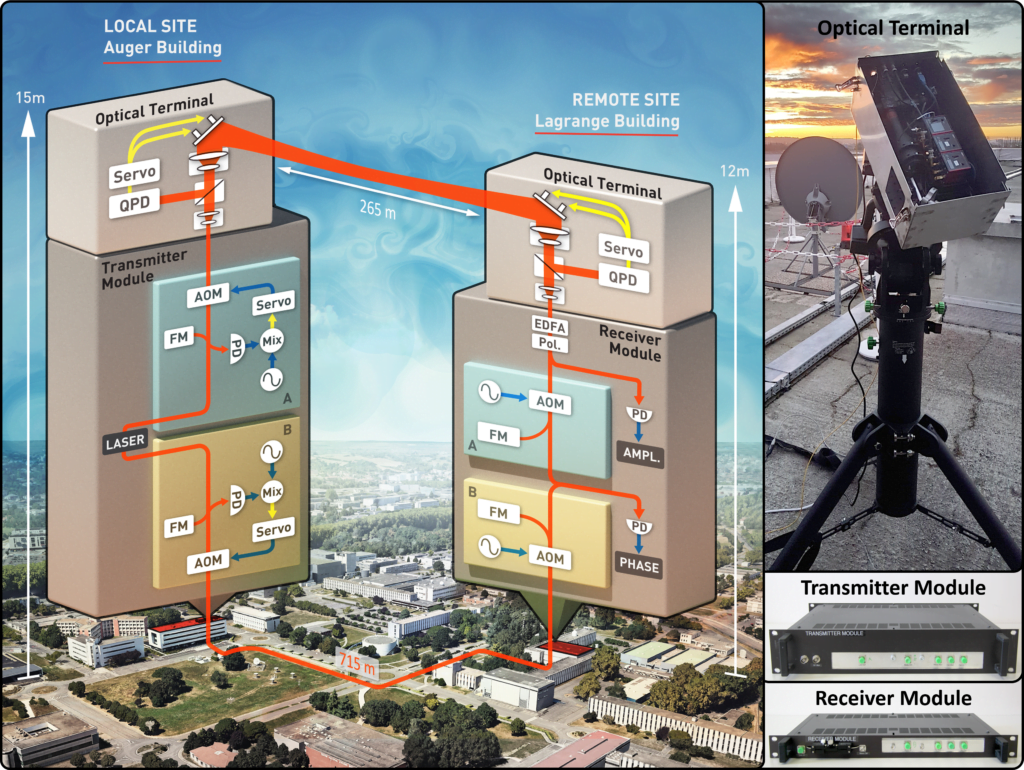As if there was no atmosphere. New technology will make it possible to check Albert Einstein and communicate with satellites
 Scientists from the International Center for Radio Astronomy Research (ICRAR) and from the University of Western Australia (UWA) have worked with specialists in the French National Center for Space Research (CNES) and the Systèmes de Référence Temps-Espace laboratory at the Paris observatory set a world record for the most stable transmission of laser light through the atmosphere.
Scientists from the International Center for Radio Astronomy Research (ICRAR) and from the University of Western Australia (UWA) have worked with specialists in the French National Center for Space Research (CNES) and the Systèmes de Référence Temps-Espace laboratory at the Paris observatory set a world record for the most stable transmission of laser light through the atmosphere.
They used innovative Australian solutions to Phase stabilization in combination with advanced optical terminals. This sent laser lightthat is not disturbed by the presence of the atmosphere. "We are able to correct turbulence in 3D, that is left-right, up-down and above all along the beam path.
Image source: https://www.icrar.org
Our technology works as if the atmosphere doesn't exist. This enables us to send highly stable, high-quality laser signals, "says the lead author of the study, Benjamin Dix-Matthews, PhD student at ICRAR and UWA. The result of the team is the creation of the most precise method for measuring the passage of time in two different locations. Sascha Schediwy , PhD from ICRAR-UWA, says this accomplishment opens up extremely exciting opportunities.If we have one of these optical terminals on Earth and another on a satellite orbiting the planet, we can begin to learn the basics of physics explore. It will be possible Einstein's general theory of relativity test with unprecedented precision and see whether fundamental physical constants change over time.
But the new technology will find other practical applications as well. For example, it will be possible to use the Satellite measurements to improve from changing water levels or to discover underground mineral deposits, adds Schediwy. The new system is also used for optical communication. Our technology could enable us to increase the rate of optical communication with satellites by many orders of magnitude. A future generation of satellites will be able to receive the necessary information from Earth much faster. The technology now being tested was designed for the Square Kilometer Array project developed - the largest radio telescope in the world.